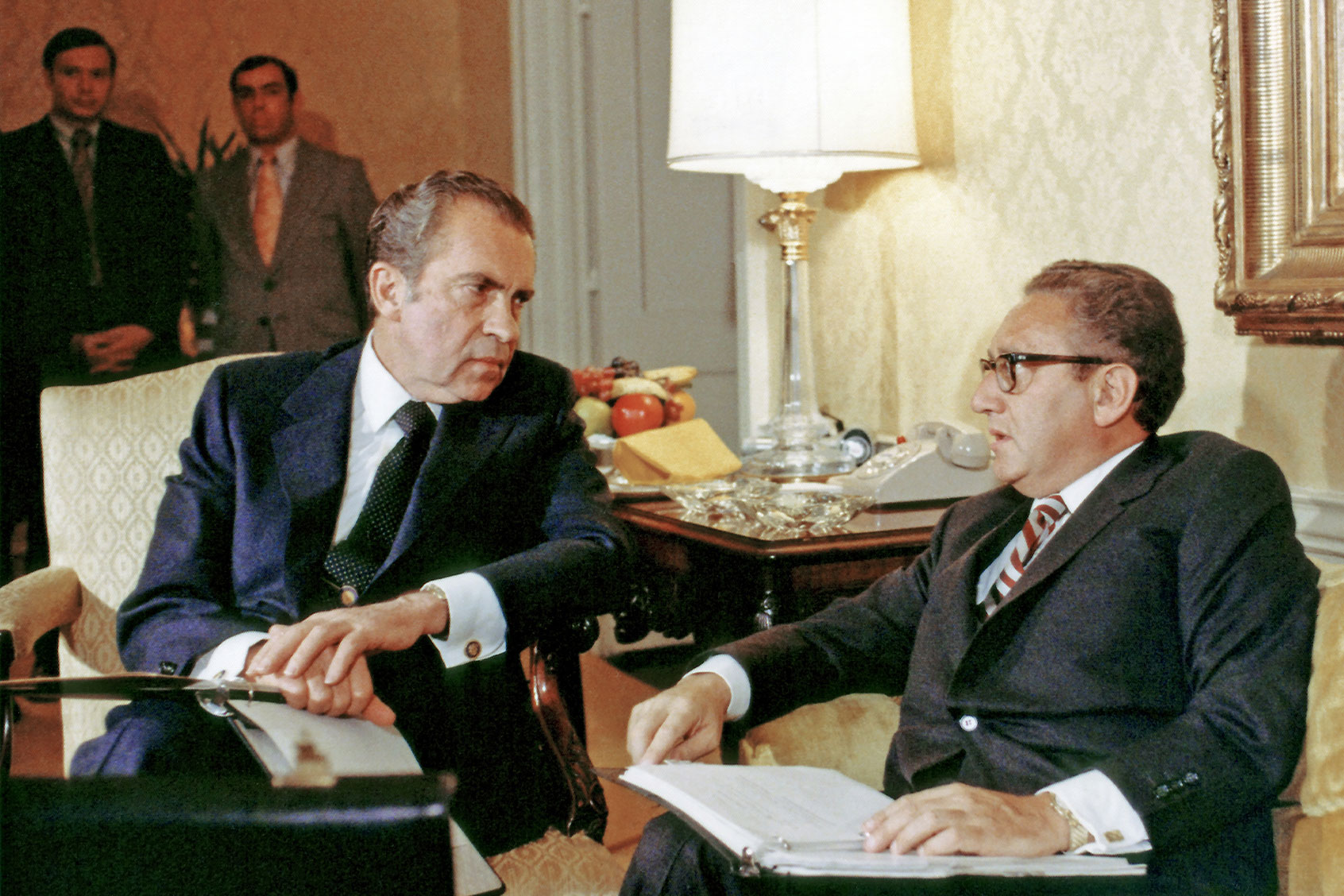Tencent Defends Light of Motiram, Cites Disney’s Mickey Mouse

Tencent, the Chinese technology giant, has responded to recent copyright claims from Sony concerning its game, Light of Motiram. In its legal defense, Tencent invoked the iconic status of Disney’s Mickey Mouse, arguing that its creative interpretations fall within the realm of fair use. This legal battle highlights the ongoing tensions within the gaming industry regarding intellectual property rights.
Sony filed a complaint against Tencent, asserting that Light of Motiram infringes on the copyrights associated with its popular game franchise, Horizon. The claims, lodged in a U.S. court, allege that certain visual and narrative elements of Light of Motiram bear striking similarities to those found in Horizon.
In a statement released on March 15, 2024, Tencent said that its game is an original creation and that the similarities cited by Sony do not constitute copyright infringement. The company emphasized that its inspiration draws from cultural narratives rather than direct copying of existing works. Tencent’s legal team pointed to the long-standing precedent set by Disney, arguing that characters like Mickey Mouse have inspired countless adaptations and reinterpretations without legal repercussions.
The stakes are high for both companies. Sony, a major player in the gaming industry, seeks to protect its intellectual property aggressively, while Tencent aims to defend its creative endeavors against what it perceives as an overreach by a competitor. The outcome of this case could have significant implications for how companies navigate copyright laws in the digital age.
Legal experts note that the case could set a precedent in the gaming sector, particularly regarding the balance between inspiration and infringement. As more companies explore creative storytelling and character design, the boundaries of copyright will be tested.
In the context of the ongoing evolution of the gaming industry, Tencent’s reference to Disney’s Mickey Mouse serves as a reminder of the complex interplay between creativity and legal protection. The case underscores the need for clear guidelines that can help define the limits of fair use, especially as the lines blur in an increasingly interconnected digital landscape.
As the legal proceedings unfold, both Tencent and Sony are expected to present extensive evidence and expert testimonies to bolster their respective positions. The gaming community is watching closely, as the outcome of this case could reshape the future of game development and intellectual property rights.
In conclusion, Tencent’s defense strategy not only highlights its commitment to protecting its creative works but also raises important questions about the nature of inspiration in the gaming industry. With the potential for a landmark ruling, the case between Tencent and Sony is poised to influence the landscape of intellectual property in the years to come.






